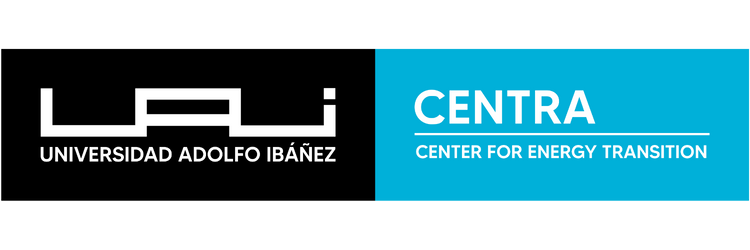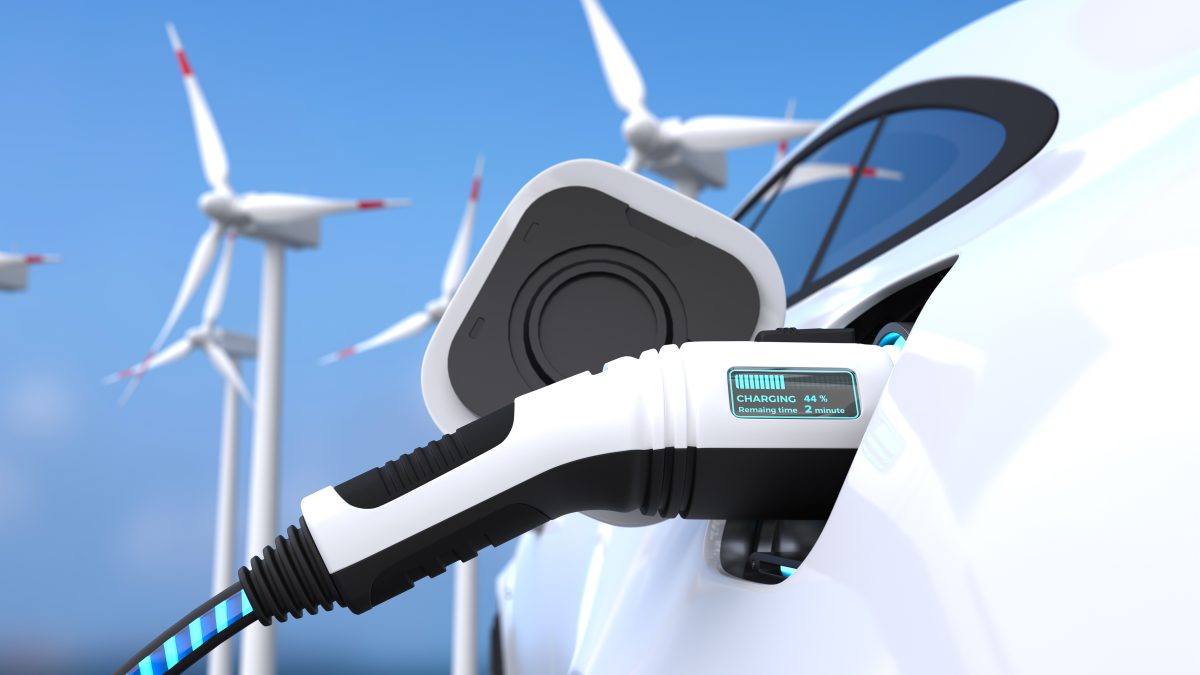Are we going fast enough?
March 17, 2025
Chile has made a clear commitment to transport decarbonization: by 2035, 100% of sales of light and medium-duty vehicles, as well as public transportation, must correspond to zero-emission models. However, despite political momentum and a regulatory framework, progress has been uneven, and significant challenges remain.
One of Chile’s greatest achievements in electromobility has been the incorporation of electric buses into public transportation. Today, Santiago’s RED system has more than 2,500 units in operation, with expectations to reach 3,500 buses by 2025, representing 50% of the fleet. Additionally, regional areas have made progress, with around 130 units currently in operation and projections of 900 in the coming years.
“We have made significant progress with buses, but to replicate that success in other transport sectors, we need sufficient charging infrastructure,” says Gustavo Hunter, head of the Sustainable Mobility Department at the National Automotive Association of Chile A.G. (ANAC).
This leadership is partly due to regulatory changes and bidding processes focused on promoting electromobility. Law 21.692 (2024) allocated resources to finance clean energy projects in public transportation, allowing the sector’s electrification to progress rapidly. However, expansion at the regional level remains a challenge. “Despite efforts in Santiago, regional coverage is still insufficient,” adds Carlos Silva, researcher and academic at the Energy Transition Center (Centra) of the Faculty of Engineering and Sciences at Adolfo Ibáñez University (UAI).
Challenges in Private EV Adoption
In contrast, the adoption of private electric vehicles (EVs) is progressing more slowly. In 2024, 4,507 units were sold, representing a 184% growth compared to the previous year, but still accounting for only 1.5% of Chile’s total automotive market. “If we want more people to choose EVs, it must be a viable decision, not just an imposition,” warns Hunter. Similarly, high vehicle costs remain the main barrier. Although EV operation is more economical in the long term, the initial investment remains unaffordable for many consumers. “Price is a key limitation and, unfortunately, beyond the control of local regulators,” adds the Adolfo Ibáñez University professor.
Charging Infrastructure
A crucial factor for the advancement of electric mobility is the availability of charging points. In 2024, 336 additional public chargers were installed, bringing the national total to 1,083. However, despite these advances, infrastructure remains concentrated in Santiago and some regional capitals, making the transition more difficult in remote areas. “Without adequate access to charging, people won’t buy electric cars, no matter how much they want to,” say officials from the Ministry of Energy.
From the private sector, companies such as Copec Voltex have expanded their network of electro-terminals and public chargers, improving vehicle autonomy. However, experts highlight the need for regulations requiring new buildings to include wiring for chargers and for public parking lots to incorporate a minimum number of charging points.
According to the Ministry of Energy, a regulatory framework is being developed to promote charging system interoperability and incentives for private investment in infrastructure. However, economic barriers remain an issue. “Regardless of state incentives, if prices don’t drop significantly, the strategy will be compromised,” says Silva.
Carolina Vladilo, vice president of the Chilean Electric Vehicle Association (AVEC A.G.), adds: “The lack of robust public infrastructure is one of the main reasons why people are still hesitant to adopt electromobility. It is crucial to advance regulations that facilitate the installation of chargers in buildings and public spaces.”
Some sector proposals include extending tax benefits, eliminating taxes such as the “luxury tax” that affects certain electric models, and providing direct subsidies for EV purchases. Additionally, there has been discussion about implementing “green license plates,” which would grant benefits such as preferential parking and access to exclusive lanes.
Is the Goal Achievable?
For Chile to achieve 100% electric vehicle sales by 2035, regulatory and economic barriers must be removed more quickly. While public transport electrification is progressing successfully, private EV adoption remains a greater challenge. Experts agree that electric vehicle prices must drop significantly for the strategy to be viable. “China could be a key factor in lowering costs in the coming years,” suggests Carlos Silva. In addition, a solid charging infrastructure must be developed across the country, and policies that directly incentivize consumers must be designed.
Carolina Vladilo also emphasizes the importance of implementing additional measures: “While the government has promoted fleet renewal programs in public transport, it is essential to create incentives for private electric vehicle purchases. This will not only accelerate the transition but also promote the development of the local industry.”
Overall, Chile is making steady progress toward electromobility, but achieving its goals will require transforming political intent into concrete measures that facilitate this transition for the average citizen.
“Meeting the target will depend on two factors: first, that automakers remain committed to developing the ecosystem and providing good service and solutions for users; and second, that brands are willing to move in this direction. This is crucial since we only import vehicles,” concludes the vice president of AVEC.

